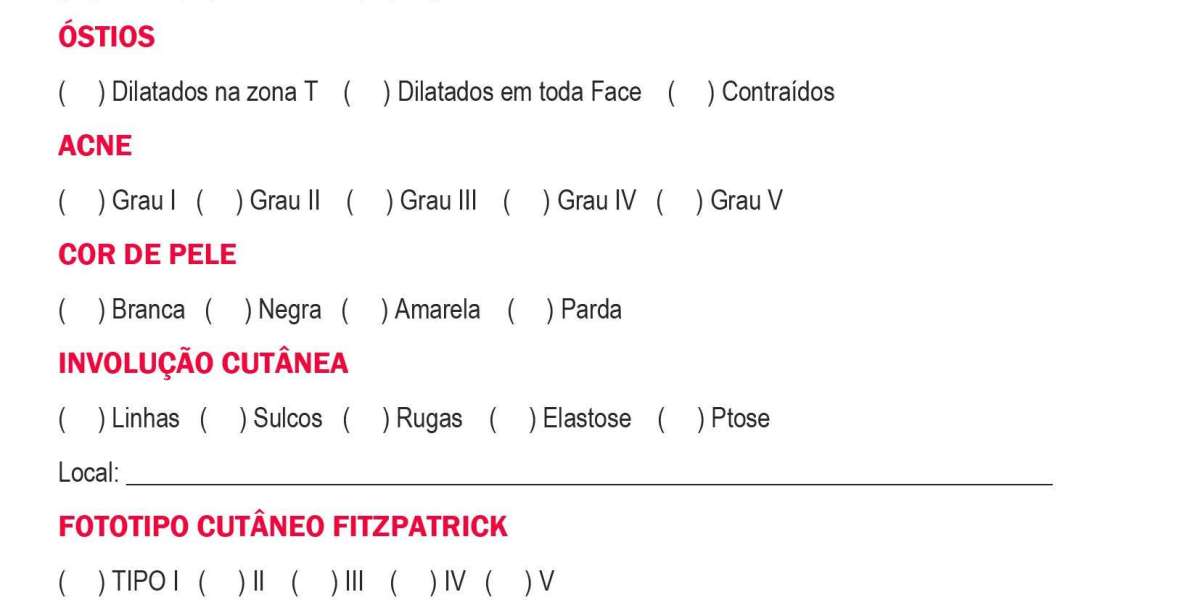Below is a desk from the International Handbook of Emotions in Education. It exhibits the relationship between these various components and sub-systems, as properly as their presumed functions (Pekrun & Linnenbrink-Garica, 2014). The phrase "relate to" indicates you presumably can determine with another person. Perhaps you recognize what they’re feeling as a outcome of you’ve acknowledged it in your self. This self-protective state can forestall you from feeling feelings or recognizing them in others. Attachment principle suggests how intently you bonded to your major caretakers in childhood can dictate your emotional availability as an grownup. "It’s obscure our feelings when we don't have the language to explain them," she says.
What are the emotional triggers for empaths to watch for?
By recognizing and tuning into our personal feelings, we turn into more self-aware, and more mindful, which permits us to make knowledgeable choices and respond to conditions more successfully. Rachel Goldman, PhD FTOS, is a licensed psychologist, scientific assistant professor, speaker, wellness expert specializing in eating behaviors, stress administration, and health behavior change. This undifferentiated "soup" of emotion is an issue because emotions are essential components of our lives. Different feelings inform us different things, but when they all appear merged into a complicated mess, we're at a giant disadvantage. The knowledge one walks away with, about the self, provides readability and understanding, which is crucial for improvement and growth. It expands one’s cognition, which is crucial in our judgment, problem-solving, higher-level pondering, planning, imagination, notion, and extra. Emotions affect our health, efficiency, wellbeing, mapa Leitura corporal motivation, sense of success, and decision-making skills.
Primary vs. Secondary Emotions
Although Plutchik’s Wheel of Emotions is one of the more popular ones, you may not resonate with how it’s used or discover it helpful. Therefore, there are a few different emotion wheels which have been developed since. Explore the emotional panorama of life and establish those exhausting to outline emotions with these fascinating talks. While we're all wired differently, our feelings and the methods in which we feel and react make us distinctive. They enable us to assess what's important in our lives—from the individuals we care about to the opinions we hold. They may also give us a glimpse into patterns which have stemmed from our childhood experiences. In everyday language, people usually use the phrases feelings, emotions, and moods interchangeably, however they actually mean various things.
What makes someone emotionally unaware?
Aside from that, both instruments provide an excellent start line for detecting one’s emotions. While each wheels concentrate on emotions and their intensities, the GEW makes use of a special approach. To start with, there are not any major emotions, rather a set of 20 emotions which are evaluated by two sets of polar parameters (version 2.0 has 20 feelings, while the primary model listed 16). The capacity to determine one’s emotions is a ability related to emotional intelligence (Salovey & Mayer, 1990).
Conditioned concern responses in the laboratory decrease acutely when members are administered anxiolytics (benzodiazepines)45, a lot as nervousness symptoms are acutely decreased by anxiolytics46. In addition, more sustained decreases in conditioned fear responses are noticed following repeated exposure to the conditioned stimulus with out the unconditioned stimulus (extinction)47,forty eight, in a lot the identical method as publicity treatment leads to sustained reductions in anxiousness symptoms49. In a Pavlovian fear conditioning process, an initially neutral conditioned stimulus (for example, a tone or a coloured circle presented on a pc screen) is paired with an inherently aversive stimulus (for example, electrical stimulation). After repeated pairings, the conditioned stimulus will come to elicit defensive responses even within the absence of the unconditioned stimulus. In rodents, this response is typically measured through freezing, suppression of lever-pressing or startle potentiation. In human fear conditioning, trials on which a conditioned stimulus (threat cue) is paired with the aversive unconditioned stimulus are sometimes interleaved with trials the place a different conditioned stimulus (safety cue) is never adopted by the unconditioned stimulus.
What are phobias?
Some people are adrenaline seekers, thriving on excessive sports and other fear-inducing, thrilling conditions. Others have adverse reactions to the sensation of worry, avoiding fear-inducing situations in any respect costs. Fear produces biochemical and emotional reactions to a perceived menace, whether that hazard is actual or imagined. It's a natural, necessary, protective response, however when the response is out of proportion to the precise threat, it can be problematic. I learn that fear is an emotional response induced by a perceived risk that causes a change in mind and organ function, as nicely as in habits. Fear might arise from a confrontation or from avoiding a risk, or it might come within the form of a discovery.






